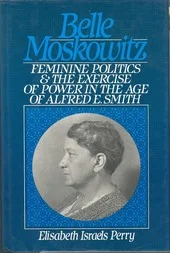Remembrance of Things Not Yet Past: A Report from “Difficult Histories / Public Spaces: The Challenge of Monuments in NYC and the Nation”
By Arinn Amer
A year after white nationalists descended on Charlottesville, Virginia in a deadly riot they framed as a protest against the planned removal of a bronze rendering of Robert E. Lee from Emancipation Park, monuments loom large in our national consciousness. With new memorials and markers raising awareness of America’ dark history of racial terror and hundreds of Confederate flags and generals retreating from public view even as thousands more remain firmly entrenched, the incredible power of the stories we tell about the past in shared physical space has never been more apparent.
Read More








